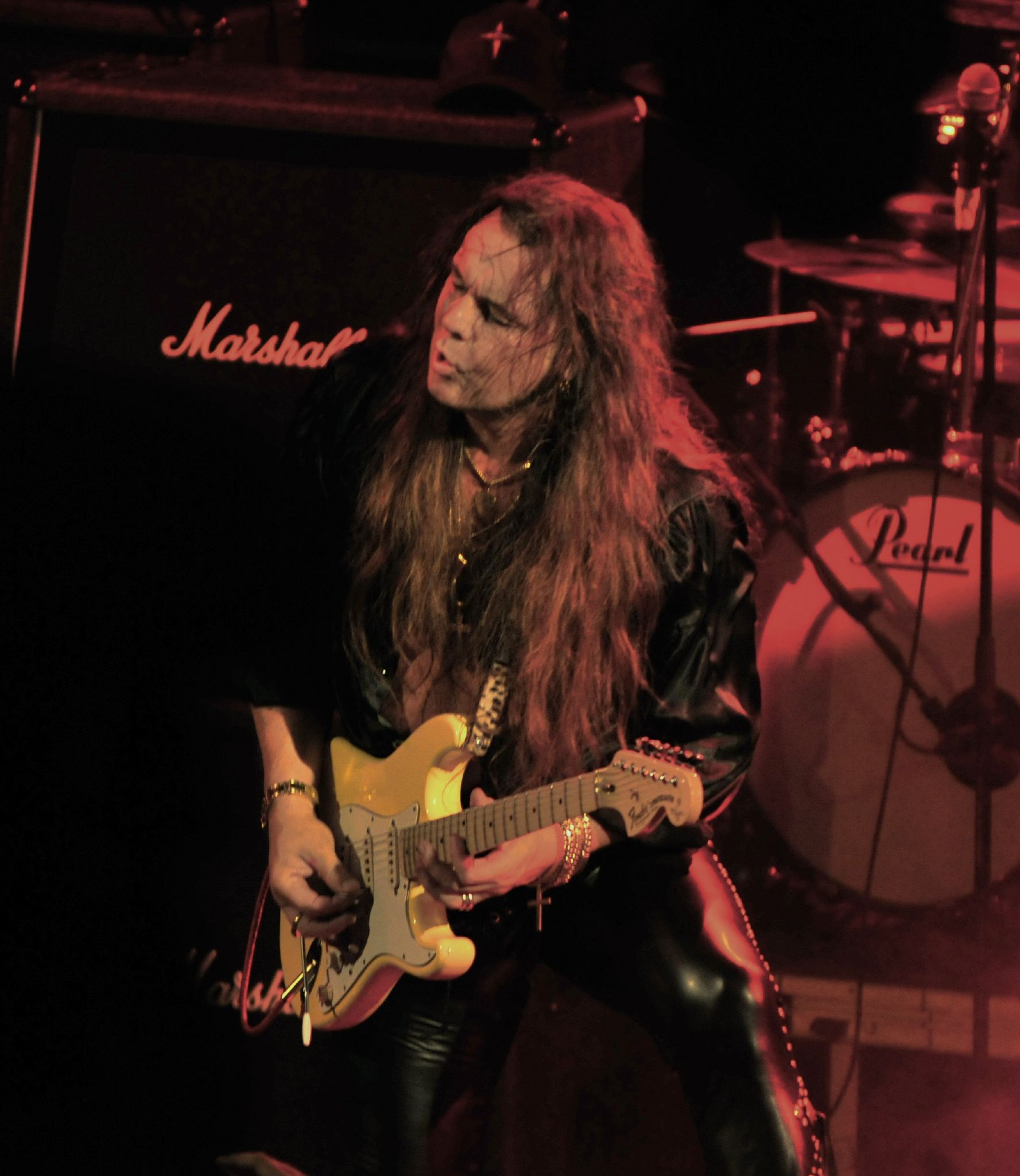100 Greatest Guitarists
They built their own guitars, stabbed speaker cones with pencils, shattered instruments and eardrums — all in search of new ways to make the guitar cry, scream, whisper, shout and moan
60. Jonny Greenwood
Radiohead’s two lead guitarists have a symbiotic relationship. Greenwood is closer to a traditional lead man; those are his unwell bends at the end of “Just” and “Paranoid Android.” O’Brien likes the wacky noises; the ghostly above-the-nutjangle on OK Computer’s “Lucky” and the high, reverberating pops on Hail to the Thief‘s “2 + 2 = 5” are his handiwork.
59. Ed O’Brien
Radiohead’s two lead guitarists have a symbiotic relationship. Greenwood is closer to a traditional lead man; those are his unwell bends at the end of “Just” and “Paranoid Android.” O’Brien likes the wacky noises; the ghostly above-the-nutjangle on OK Computer’s “Lucky” and the high, reverberating pops on Hail to the Thief‘s “2 + 2 = 5” are his handiwork.
58. Dickey Betts
From 1969 to 1971, Duane Allman swooped and soared while Betts kept the music moving with lyrical boogie. After Duane’s death, Betts handled both roles. He also wrote many of the Allmans’ best-known songs, including “Ramblin’ Man” and the instrumental “Jessica.”
57. Roy Buchanan
In 1971, a documentary about Roy Buchanan aired on public TV; it was called The Best Unknown Guitarist in the World. The title remains apt today. Buchanan’s gritty blues-rock playing entranced other guitarists such as Jeff Beck. But the Washington, D.C., virtuoso never caught the break he deserved, and in 1988, at age forty-eight, he took his own life while in jail for public drunkenness.
56. Tom Verlaine
There was punk energy propelling Television, but guitarist Tom Verlaine was no angry primitive hacking at the strings. He used a crisp, needling attack and favored long, carefully developed exchanges with guitarist Richard Lloyd. The result was music of Coltrane-like depth at a time when the spastic outburst was the norm.
55. Ritchie Blackmore
The Deep Purple and Rainbow leader is a master of both bottom-line riffs and jaw-dropping virtuoso flights. It’s ironic that despite his classical leanings, this master technician is best-known for one of the most simplest riffs of all time: Purple’s “Smoke on the Water.”
54. Jorma Kaukonen
Jefferson Airplane’s and Hot Tuna’s Kaukonen is a gifted fingerpicker and bluesman who developed a raga-inflected style as the Airplane’s folk rock grew increasingly psychedelic. His acid-rock peak may be “Spare Chaynge,” nine minutes of jamming on After Bathing at Baxter‘s that grew out of his admiration for Cream.
53. Mickey Baker
Baker may have been the busiest session guitarist of the Fifties ”” it’s his brittle playing that underpins R&B classics such as Joe Turner’s “Shake, Rattle and Roll” and the Drifters’ “Money Honey.” But it’s his million-selling 1956 duet with Sylvia Vanderpool, “Love Is Strange,” that’s his crowning achievement. Those keening licks and hectic chords sound as unearthly today as they did five decades ago.
52. Lou Reed
Reed’s ramrod stroke makes him one of the all-time great rhythm players, and he brought a thrilling sense of anarchy to his leads. With the Velvet Underground, he established a sound that owed as much to free-jazz maverick Ornette Coleman as to “Louie Louie.”
51. Paul Kossoff
Kossoff’s solos for British hard-rock pioneers Free ”” particularly in the radio classic “All Right Now” ”” are better-known than his name, but he is admired by guitarists for the economy of his lines and the purity of his tone. He made his presence felt by what he did not play, and the exquisite way he sculpted what he did.





